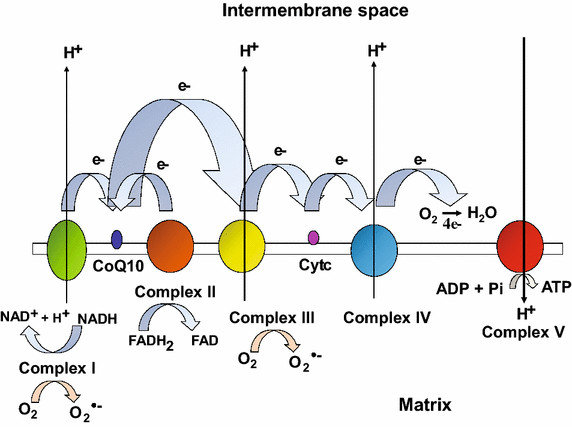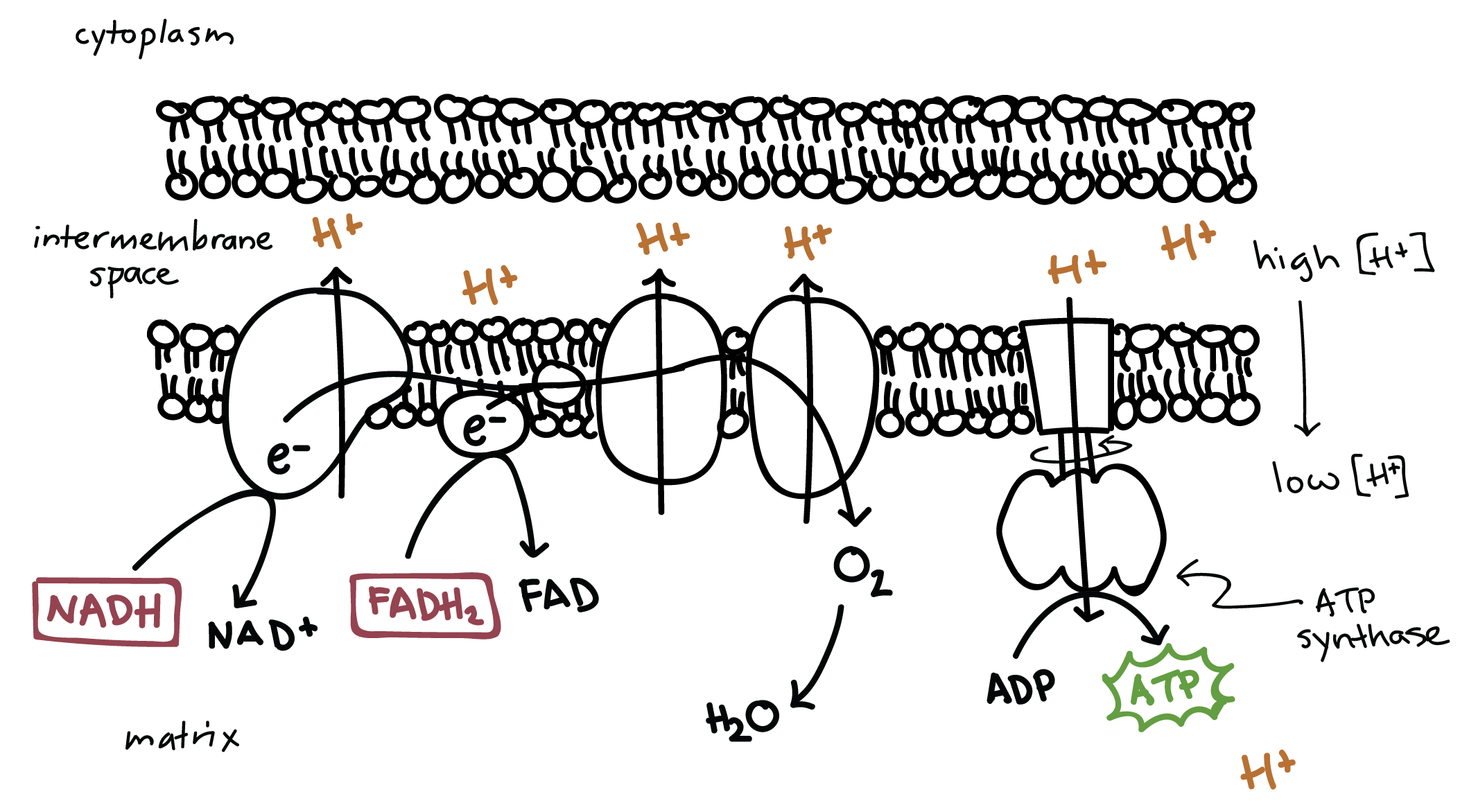Mitochondrial Oxidative Phosphorylation
Posted on June 10, 2019 at 11:00 PM

You, like many other organisms, need oxygen to live. But have you ever wondered why that’s the case, or what exactly your body does with all that oxygen? As it turns out, the reason you need oxygen is so your cells can use this molecule during oxidative phosphorylation (OXPHOS), the final stage of cellular respiration. Mitochondria produce energy (in the form of ATP) by breaking down nutrients in OXPHOS. This energy is essential for the proper functioning of cells and of vital organs in your body.

Genetic Eve can help assist you in understanding your Haplogroup and it’s associated risks and providing ideas on protection. Your Family Tree reveals information about your ancestor’s DNA, In particular, your maternal genetics gathered through genetic testing provides valuable information about your mitochondria.
For the Scientist: Cellular energy is produced by OXPHOS, which is carried out in mitochondria through the coordinated actions of three vital mitochondrial components, including:
- The electron transport chain (ETC; complexes I-IV)
- ATP synthase (complex V)
- Adenine nucleotide translocase
Four of the five OXPHOS complexes (I, III, IV and V) are formed through the coordinated expression and assembly of protein subunits derived from mitochondrial DNA (mtDNA) and nuclear DNA (nDNA), whereas complex II is entirely encoded by nDNA.
In OXPHOS, reducing equivalents derived from food flow from a reduced to an oxidized state down the ETC. The process starts with the oxidation of NADH, which occurs in complex I, and of succinate, which takes place in complex II. The electrons are transferred to CoQ and then to complex III. From here, the electrons flow through cytochrome c and complex IV, finally reaching O2 and generating H2O. When electrons pass through complexes I, III and IV, the energy released is used to pump protons across the inner mitochondrial membrane to the intermembrane space. This produces an electrochemical gradient that is acidic (positive) on the outside and alkaline (negative) on the inside. This gradient leads to a capacitance of approximately 0.2V, which is the potential energy that drives virtually all biological processes in the human body and animates life.
Image References:
Other Mitochondria Links:
- Mitochondria: Reactive oxygen species
- Mitochondria and Immune
- Mitochondria and Aging
- Mitochondrial Bioenergetics
- Mitochondrial involvement in cell death
- Mitochondrial fission/fusion
- Mitochondrial Function
- Mitochondria: Heat
- Mitochondrial Heteroplasmy
- History of Mitochondria
- Mitochondrial vs. Nuclear DNA
- Mitochondrial Oxidative Phosphorylation
- Mitochondrial death: mitophagy
- Mitochondrial diseases
- Mitochondrial Requirements
- Mitochondrial and Toxins